Angkor temples and pragmatic Buddhism
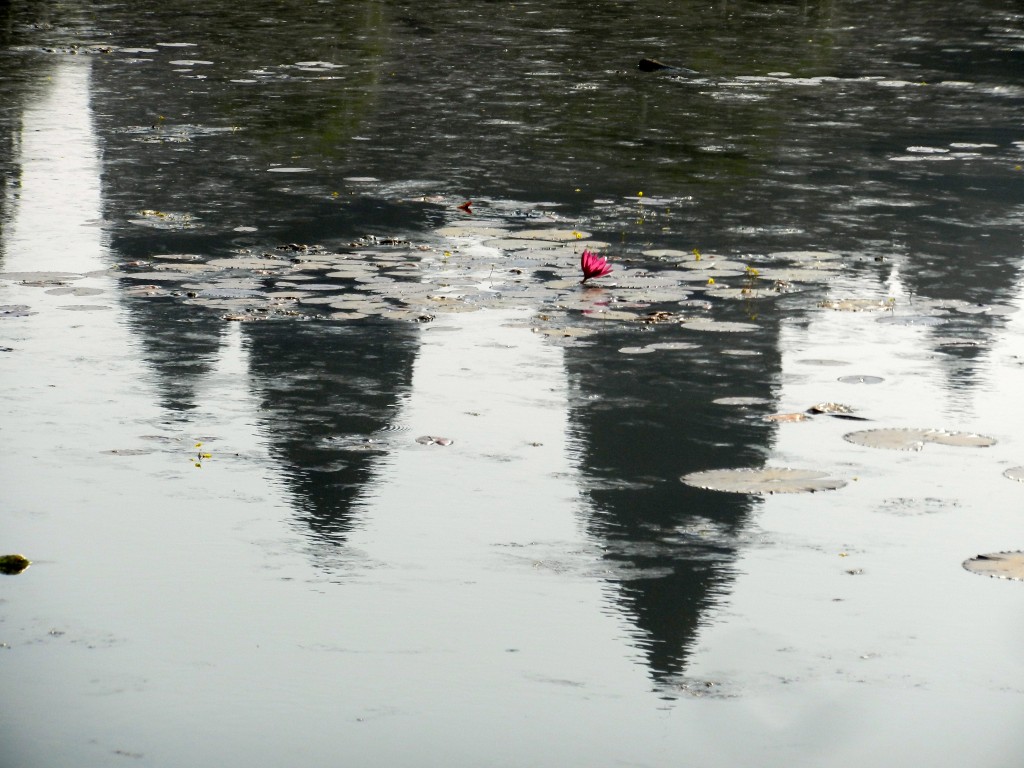
As we drove to Angor Wat this morning our guide, Lee, gave us a bit of an insight into the pragmatic nature of modern Cambodian Buddhism. Buddhists wont kill anything, he told us, but Cambodian Buddhists will eat meat as long as they don’t kill it themselves. They’ll even go to the live fish shop and ponder out loud how fortunate it would be if a particular fish were dead and so available for cooking, look away, and then turn back pleasantly surprised that the fish was the very next one that the fishmonger had decided to kill.
Some of that same pragmatism can be seen in the architecture of Angkor Wat and the surrounding temples. They all have incredibly steep flights of narrow stairs leading up to the top. The purpose of these stairs is to force worshipers to crawl upwards, abasing themselves before Buddha. In each, the King’s stairs are significantly less steep.
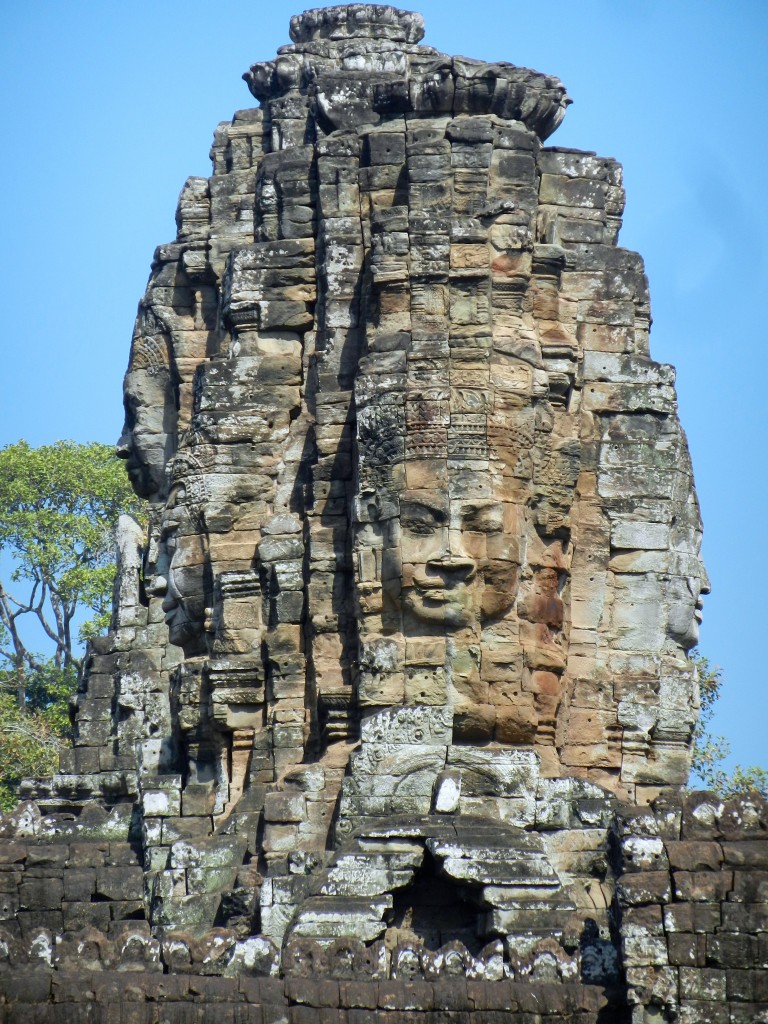
Angkor Wat itself is impressive in its scale, but is largely better observed from the outside than from inside. The major element that makes any internal visit worthwhile is the enormous frieze on the lower level depicting a battle between the gods and demons. The scope, complexity and workmanship in this huge bas-relief is stunning. The Temple was originally Hindu and when it converted to Buddhism in the 1600s the monks, displaying that pragmatism again, marked the change by painting red Buddhist robes on all the statues and carved figures: There are still significant swathes of red paint visible. Of course that beats the Khmer Rouge hands down as their contribution to the decoration is deep pockmarks from bullet strikes.
Angkor Thom was built about 100 years after Angkor Wat and in slightly different style. It used inferior stone and so isn’t as complete but I think it actually looks better. The intriguing thing about Angkor Thom is that there are faces of Buddha peering from amongst the ruins all over the place. Angor Thom looks like the quintessential ruined jungle temple. Around the lower reaches of the temple are a series of bas-reliefs that depict everyday life at the time the temple was built. They make for a fascinating insight into normal life in what was the heart of a sophisticated empire at the time that Western Europe was only just managing to extract itself from the Dark Ages.
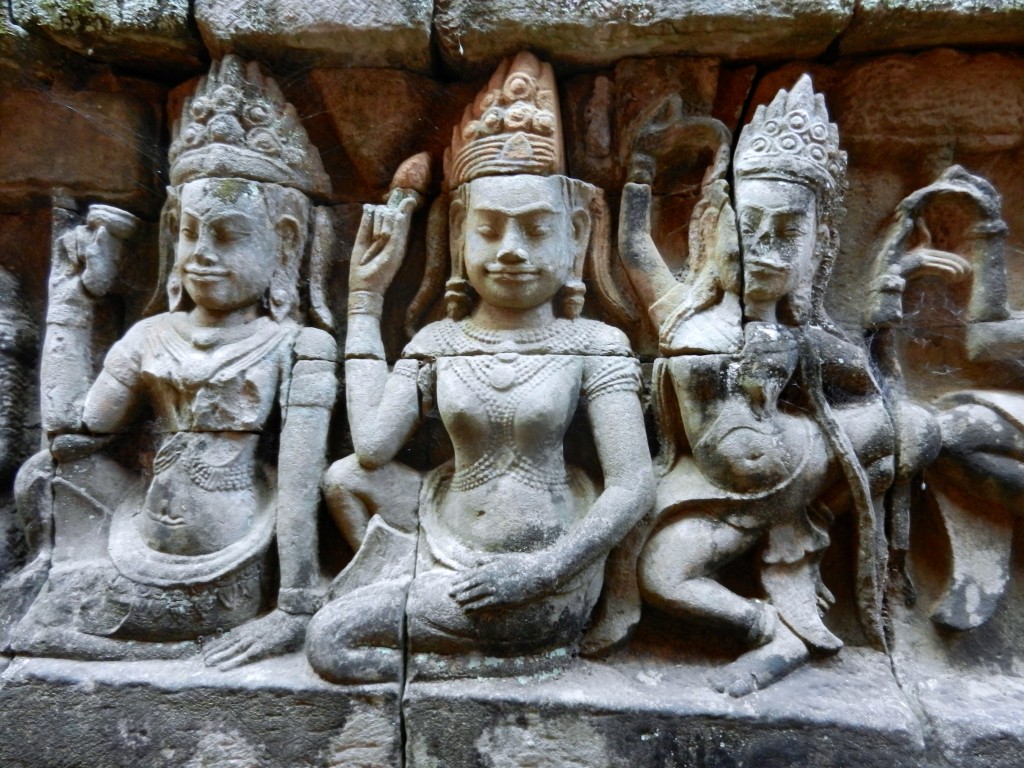
We visited a couple more temples in various states of disrepair. The frustrating element for Declan was that children under 12 cannot climb the steep stairs of the temples and so he was very relieved when we came to one that didn’t have a security guard. The mild irony is that we are constantly having to flash a copy of Declan’s passport (because children under 12 also don’t need a ticket) to prove that he’s under 12 because he’s so large compared to Cambodian kids. These later temples were also more crudely converted from Hinduism to Buddhism – with many of the carvings quite poorly re-worked from a Hindu god into a praying Buddha.
We had lunch in the shade of a huge tree and then visited the Elephant Terrace and the Leper King. The Leper King is so-called because the statue grows moss on it when it gets wet in the rain. The irony is that it is in reality a statue of a Hindu god whose responsibilities include health. The Leper King surmounts and beautiful series of friezes that depict seven levels of hell.
By now the Sun was high in the sky and it was blindingly hot. So we got pragmatic ourselves and headed for the pool.
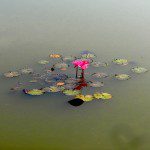
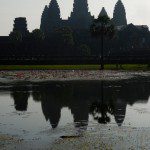
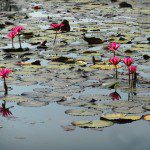
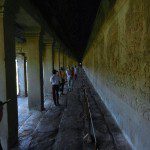
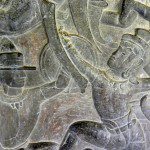
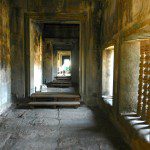
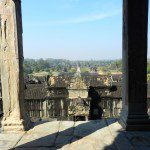
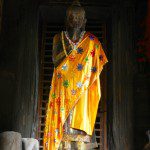
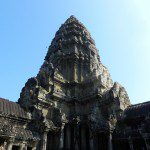
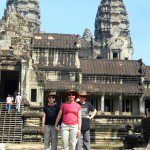
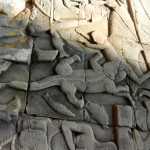
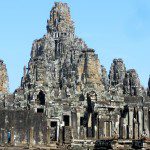
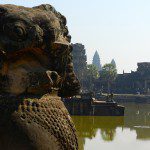
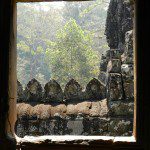
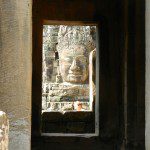
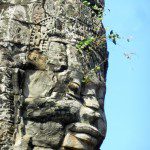
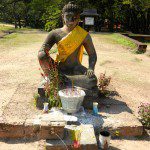
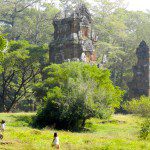
When were you in Cambodia? We just returned and the temps were cooler than normal. It was nice to explore without the heat.
We are here right now. The temperature is apparently lower than normal, according to the locals, but it’s still very hot.
We just left Jan 1 and the temps were 24-27 c with only a few days warmer than that. Enjoy 🙂 We had a great driver who took us to the temples and floating village which was very cool.